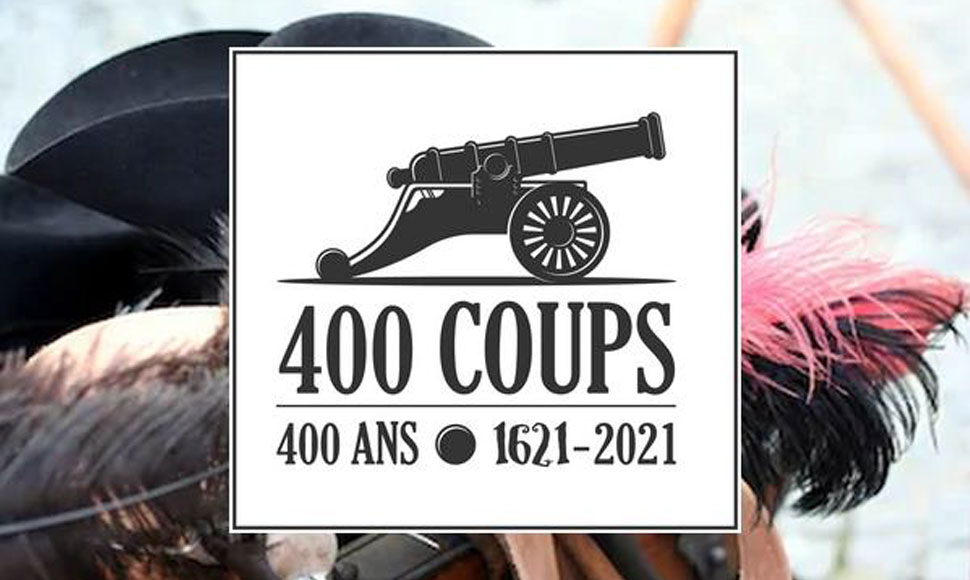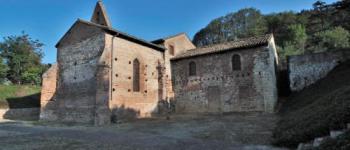
In September 2021 the city of Montauban celebrated the 400th anniversary of one of the most famous episodes of its history: the siege of the city by Louis XIII and the resistance of its inhabitants, despite the cannon fire.
A little history... and a legend
In 1621 indeed, the city of Montauban was besieged by the royal troops of Louis XIII.
In order to reduce the influence of the Protestants, this one and his minister Richelieu wanted to restore the royal authority by reducing their advantages and privileges granted with the Edict of Nantes in 1598 under Henri IV. He laid siege and took one by one all the strongholds held by the Huguenots. After subduing Agen, he decided on August 10, 1621 to take Montauban, then called "Little Geneva".
This event became an essential element of the identity of Montauban.
Legend has it that Louis XIII, exasperated by the resistance of Montauban, fired some 400 cannon shots in the space of a few hours, on September 19 or 20, to terrorize the population and obtain its surrender.
Without success visibly, since the Montalbanais, a bit rebellious, would have made a banquet during the cannonade as a symbol of their determination and their resistance to the King.
Since then, this episode has been invoked as the origin of the expression "doing the 400 strokes".
"On August 17, the King moved to the castle of Piquecos to prepare the siege. Warned, the Consuls of Montauban, around Jacques Dupuy, first consul, had restored the fortifications and amassed provisions of food in great number. The royal army and its 25,000 men surrounded the city, beyond its ramparts, occupied its suburbs and placed its cannons all around the Huguenot city of 15,000 inhabitants.
The fighting and skirmishes were numerous and bloody. The King's army suffered heavy losses. After 4 months of fruitless siege, the king became desperate. He consults a Spanish alchemist magician. "What should I do?" Sire, we must frighten the people of this city, so great a fear that will freeze them and make them surrender to your Majesty "
From all the cannons installed all around, 400 shots are fired simultaneously. Then after this enormous noise, the silence falls again in a strong smell of powder. To the great despair of Louis XIII, the Montalbanais refused to surrender and did not capitulate. Better or worse for the King, the population of Montalban is going to make bombast in big bursts of laughter during several days.
The king, disillusioned, lifted the siege, his army being decimated by an epidemic of purple fever.
The Huguenot city was the only one to resist the king. A few years later, La Rochelle, besieged in its turn, gave in. The bell tower of the Saint-Jacques church still bears the traces of the cannonballs.
Thus was born the legend of the 400 Blows.
A celebration to commemorate
Montauban celebrated this historical episode with many shows and animations. For example, there were more than 100 artists and extras re-enacting the siege with a live show, "Relive the History of the 400 Blows".
https://www.montauban.com/400coups
Translated with www.DeepL.com/Translator
(free version)






